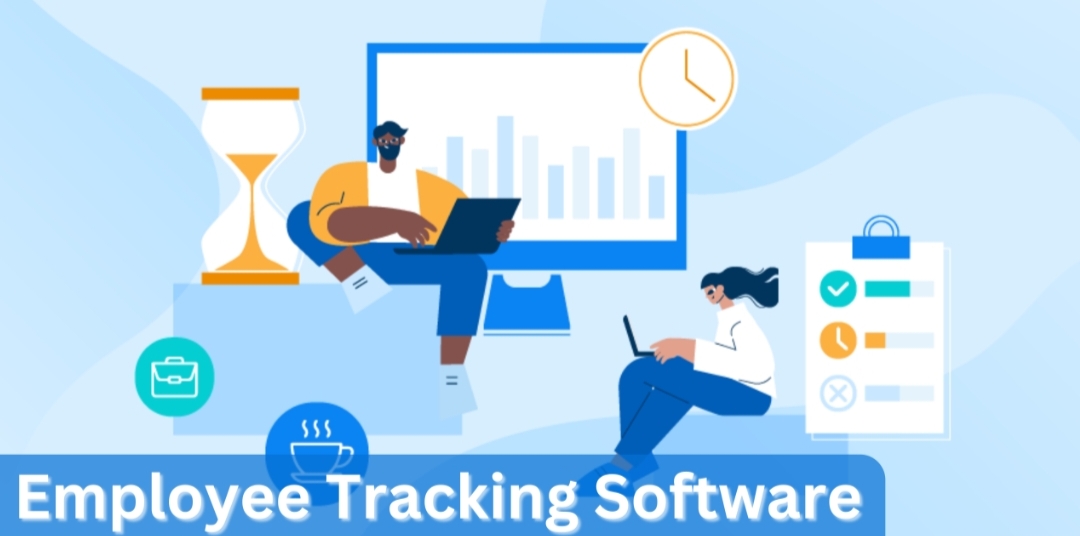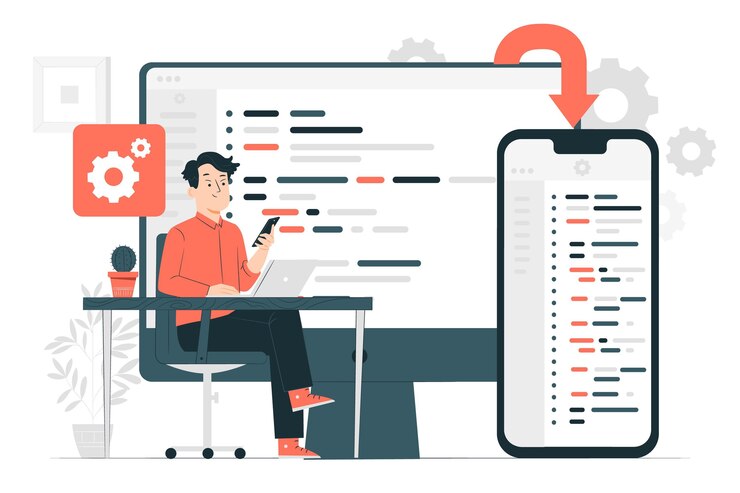Employee monitoring is an approach in which employers employ various digital methods to track employee job performance, activities, and behavior. This can be accomplished in several ways, including measuring productivity, enhancing security, and safeguarding secrets and liabilities. Besides, employee monitoring can reveal much information about employees and employers – their strengths, weaknesses, opportunities, and threat factors concerning work performance.
However, using such advanced technology in employee monitoring presents its disadvantages and pitfalls, like ethical, legal, and privacy concerns that may affect employees’ morale, trust, and overall engagement. Hence, one needs to know the various forms of employee monitoring, the advantages and shortcomings of every type, and how employee monitoring programs should be implemented and utilized.
Why is employee monitoring important?
Now that you know what is employee monitoring, it’s time to learn about its importance.
Companies monitor employees’ actions to evaluate performance, minimize legal risks, uphold trade secrets, and address other safety issues. It helps in analyzing business processes, building a more involved workforce, saving money on staff turnover, ensuring data clarity, and minimizing the risk of information leakage.
Monitoring employees is particularly important during remote working, which has been highly adopted by many people, mainly because of the coronavirus disease outbreak, which increased the popularity of electronic means. Remote work offers many advantages for employers and employees, including flexibility, cost savings, productivity, and work-life balance. Moreover, it comes with problems related to communication, collaboration, accountability, and visibility.
Employee monitoring can overcome these problems, which will act as a centralized way of keeping up with progress, checking performance, and maintaining standards. The remote support system also helps remote workers stay concentrated and interested in work and in cooperation with their co-workers and managers.
What are the different types of employee monitoring and how do they work?
The extent of employee monitoring depends on the type of software and your industry. Work monitoring tools have different capabilities. These days, remote employees already know that work is being tracked. Many, however, do not approve of functions that exceed just informing about the activity going on and invade people’s privacy by being more than simply eavesdropping.
Here are some of the most common types of employee monitoring techniques:
- Internet and app usage: This form of employee monitoring involves tracking which websites and applications employees access during their working hours and the amount of time spent on them. It enables managers to detect ineffective or inapplicable online activities like surfing on Facebook, buying, or gaming. It also allows staff members to effectively manage their time and concentrate on their duties.
- Time tracking: It also involves recording the time employees clock in and out and the tasks performed by employees. The system can assist employers in measuring productivity, efficiency, and profit margins, as well as calculate accurate payment for their workers. It also helps employees track prospective performance progress, create goals, and prioritize tasks. Employees in this category are randomly or periodically screened by taking “screenshots” or videos of their computer screens. It is a mechanism employers may use to ascertain that their employees performed well, specifically in home-based employees and freelancers. Besides, it can assist the employees to demonstrate their performance level and get supervisor feedback and direction.
- Location tracking: Location tracking is a form of employee monitoring that mostly uses GPS or Wi-Fi signals to track the whereabouts of employees. Employers may monitor employees’ attendance, punctuality, and safety, especially when dealing with field or mobile workers. It also assists in the planning of routes for employees and enhancing their travel time while reporting current locations.
- Email and network monitoring: This employee monitoring entails checking on the email messages that employees send and receive, plus the files transmitted over the network, among other things. It serves to ensure that companies do not have any data breaches, leakages, or losses; it also helps comply with legal and regulatory requirements. It can also assist in enhancing the communication capabilities of employees and make them effective, safe, and professional.
- Keystroke logging: In this case, employee monitoring tends to record what keys or mouse moves and clicks are pressed by every employee. Employer-employee monitoring can aid in uncovering instances of fraud, theft, or sabotage and assess employee proficiency. Such a device is also useful to the employees in improving their typing accuracy as well as minimizing errors and blunders.
What are the benefits of employee monitoring software for employers and employees?
Most employees are now working remotely, which is a common practice in the workplace at present. Here are some benefits of employee monitoring software are:
- Increased productivity: In using employee monitoring software, employers and employees together become able to quantify and evaluate their productivity as demonstrated through the data about activities and results of work execution, time use, accomplishment of tasks and so on. Besides this, it helps reduce distractions, procrastination, wastage, and streamlining of operations.
- Enhanced security: In addition, employee monitoring software helps to protect employers and their employees information, as well as prevent unauthorized accesses, misuses, or stealths. Additionally, it may assist in thwarting cyberattacks, malwares, or phishings, as well as encryption and backups of data.
- Improved quality: Employee monitoring may help both the employer and the employee to enhance and prove the quality of work conducted by ensuring and showing where the input is leading to what final output and results. In addition, it assists in identifying and rectifying errors, mistakes or defects as well as upholding the standard and expectation in place.
- Better communication: Communication between employers and their employees is possible with tracking software, allowing for exchanging information, opinions, and reports. The program can also promote cooperation, group working, trust and assist in dealing with conflicts.
- Greater flexibility: Through employee monitoring software, employees’ and employers’ can have flexibility via working at home or outside normal hours while also enjoying work-life balance. In addition, it helps in cutting costs, stress, and environmental degradation while increasing customer satisfaction, pleasure, and loyalty.
Conclusion
Employee tracking refers to the monitoring of work, performance, and progress of employees by means of digital tools. It might help organizations in improving their workflow, optimizing performance, security, or user experience, although it can present challenges related to data privacy ethics and feasibility. Hence, companies ought to embrace a system for tracking their employees that works for them and takes into consideration the dignity of every party involved.
A cloud-based employee tracking software product called ProHance is one of the best solutions available on the market for assessing productivity and workforce analytics. The tool allows business management to leverage real-time findings, actionable reports, and performance-based inputs across a hybrid and remote team setup. The software is designed specifically to streamline business operations, boost staff participation in work-related areas, and enhance the work-life balancing act.










